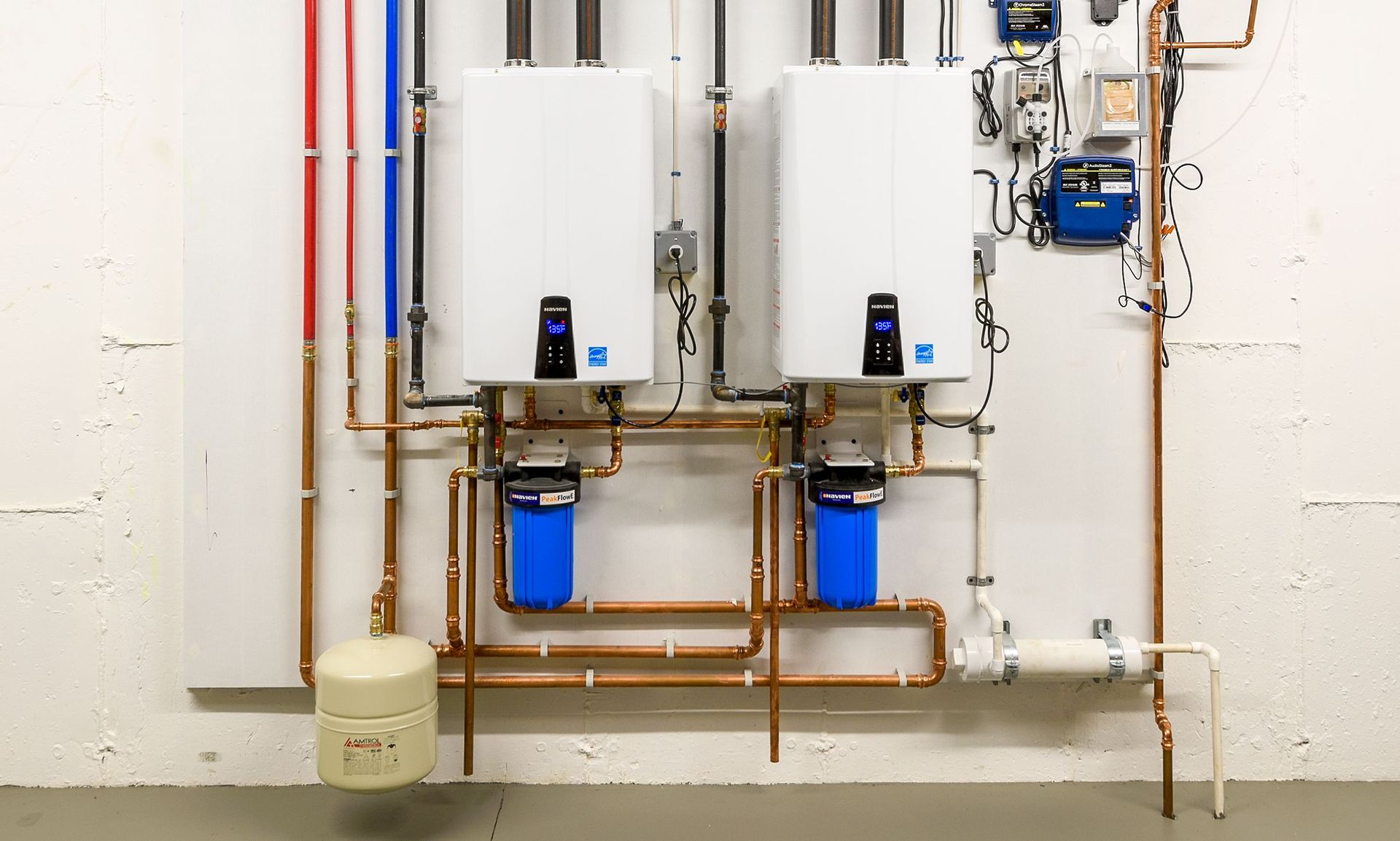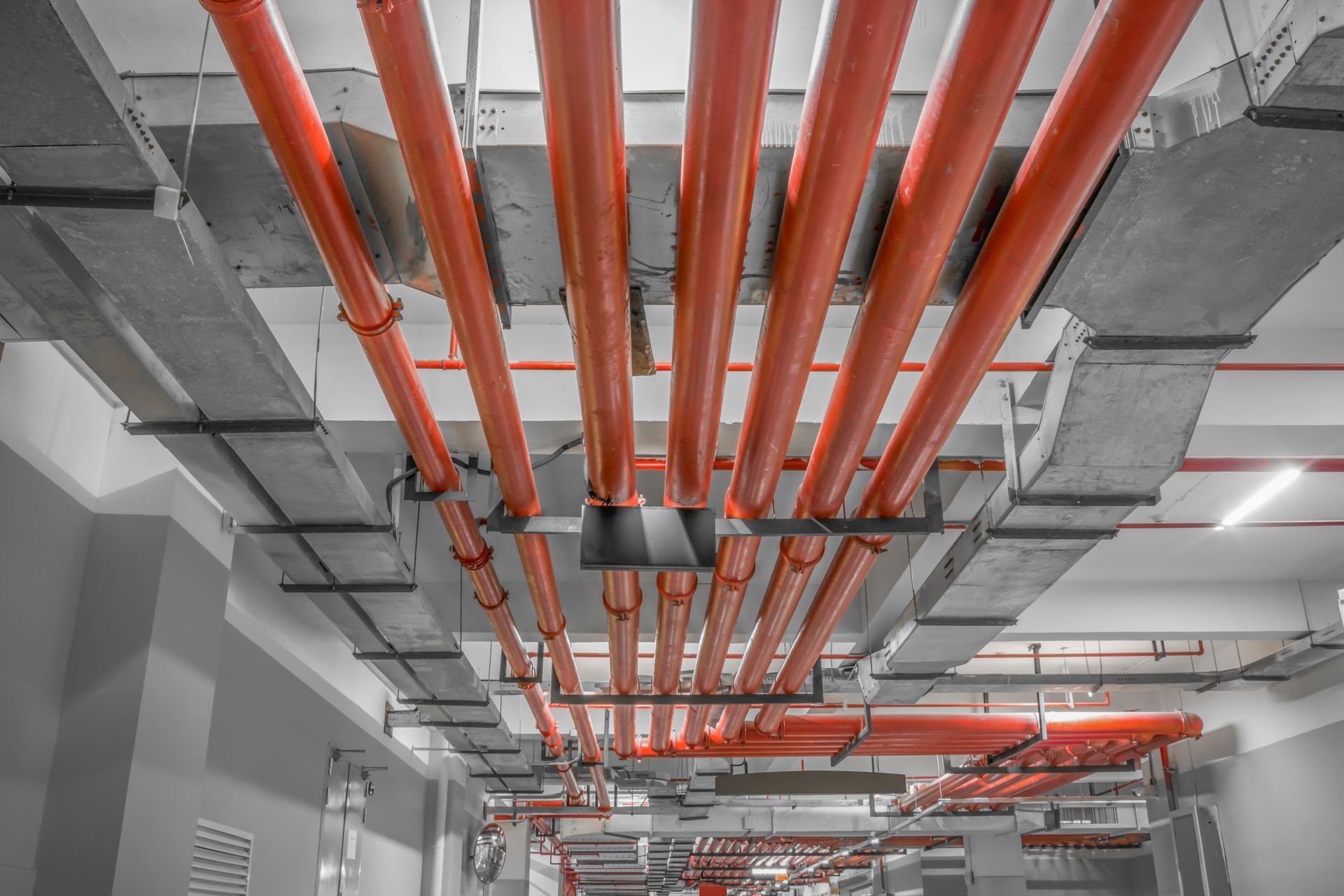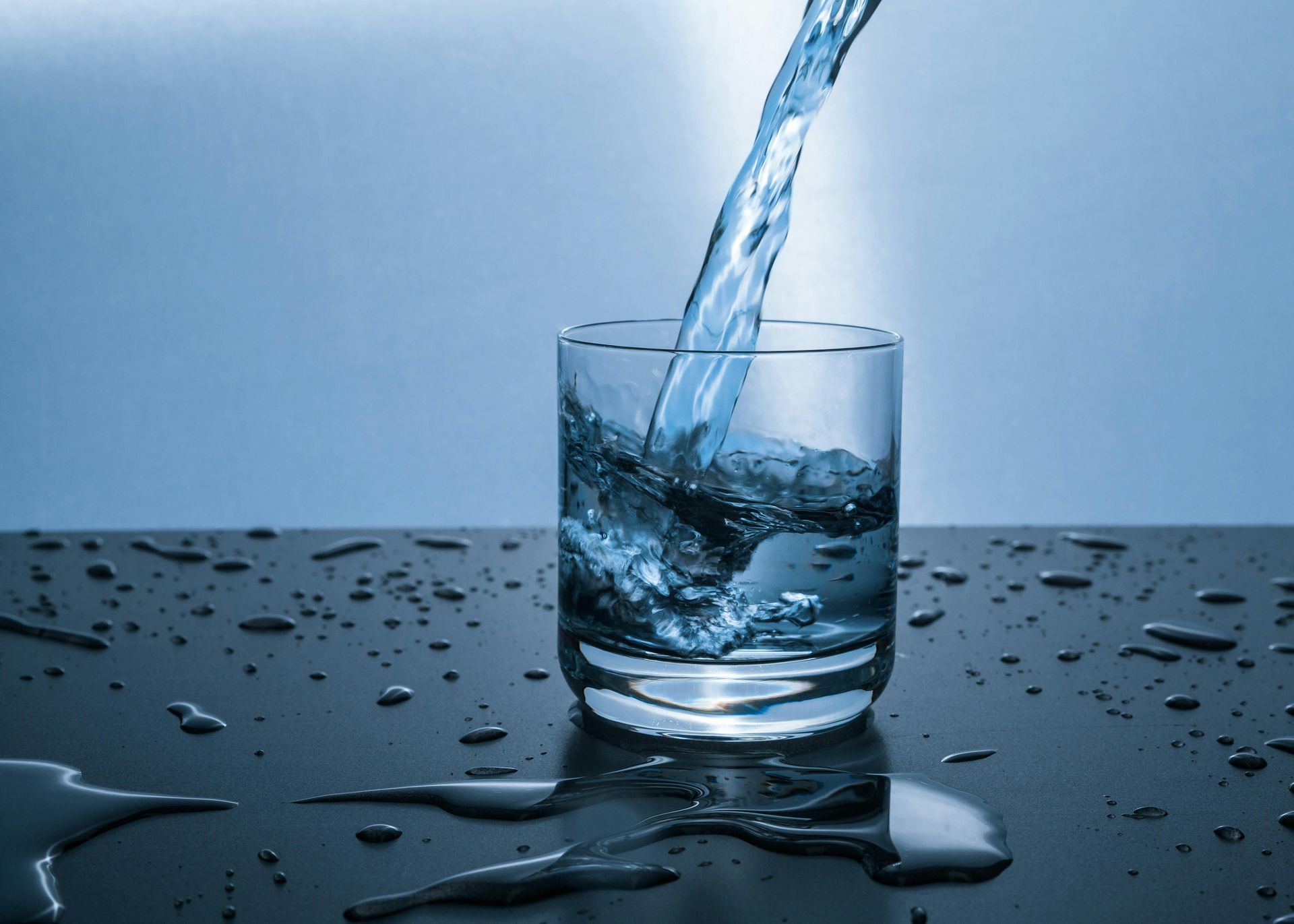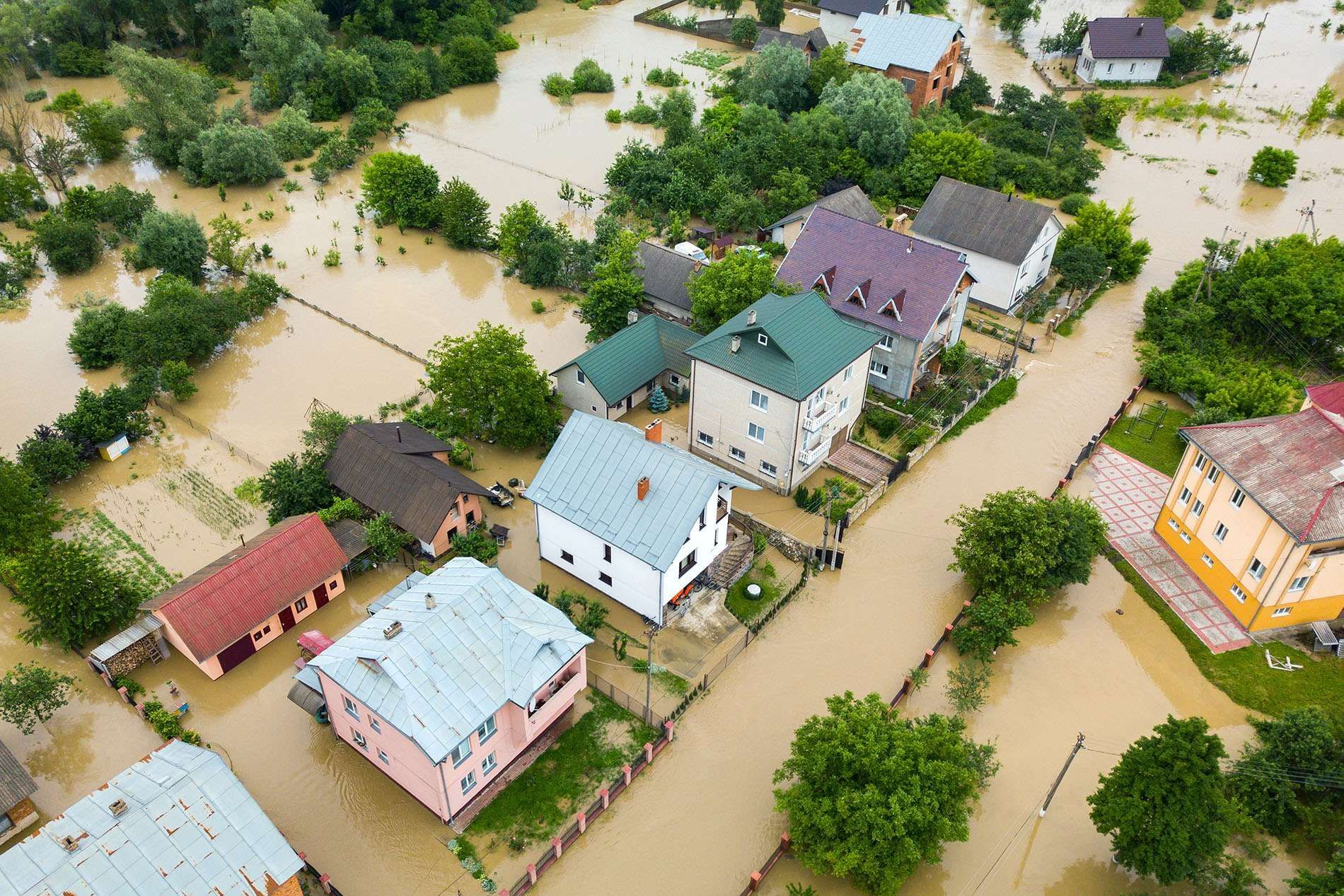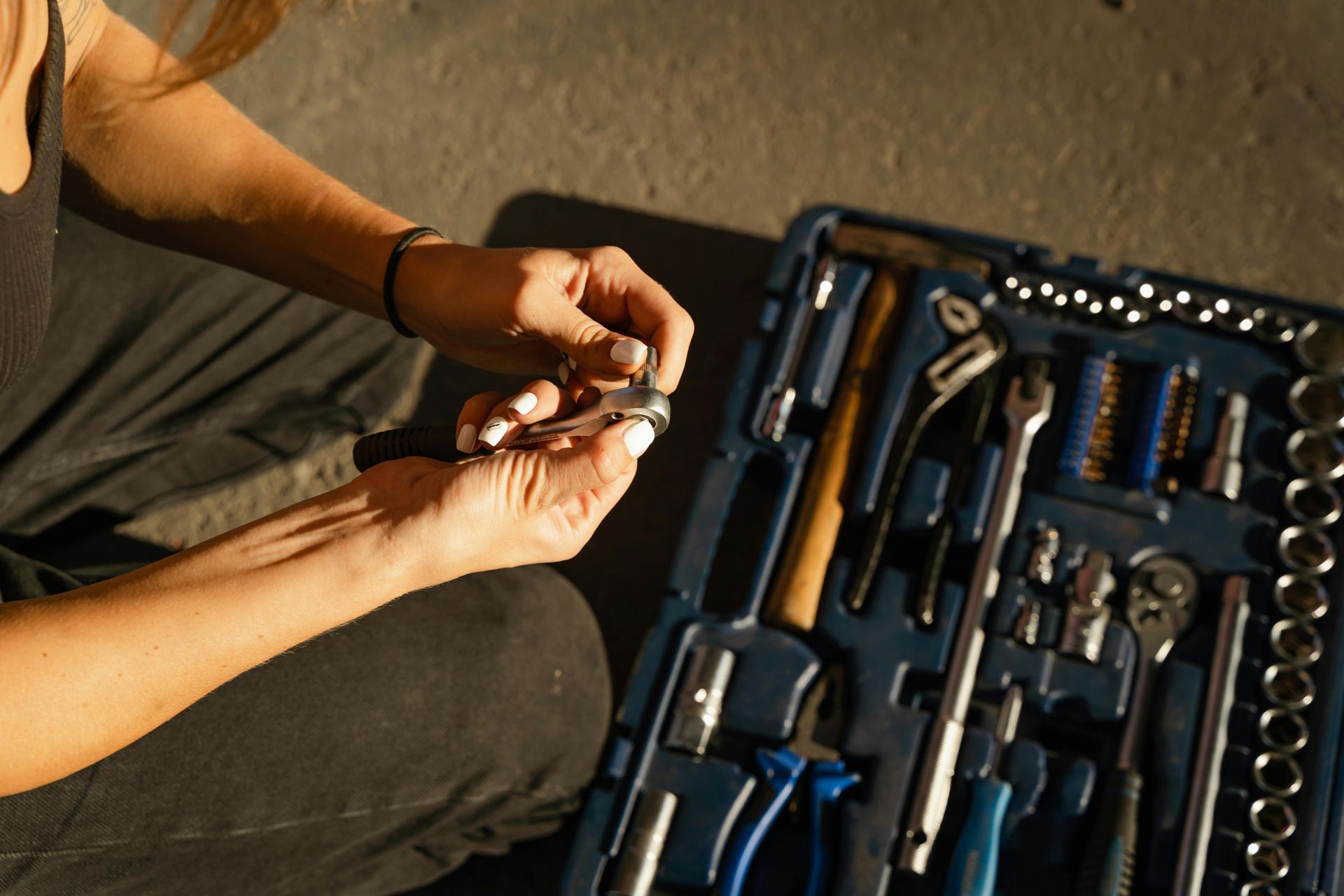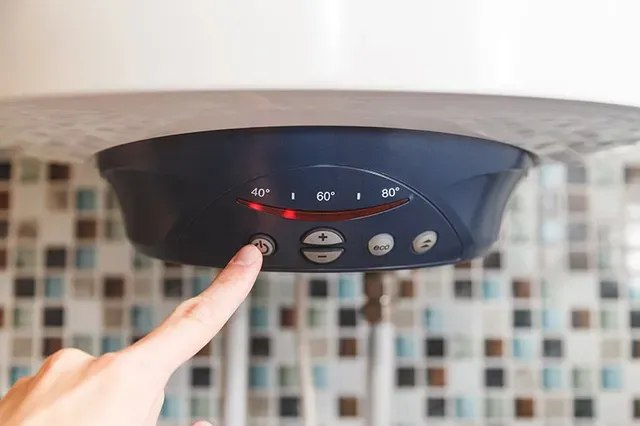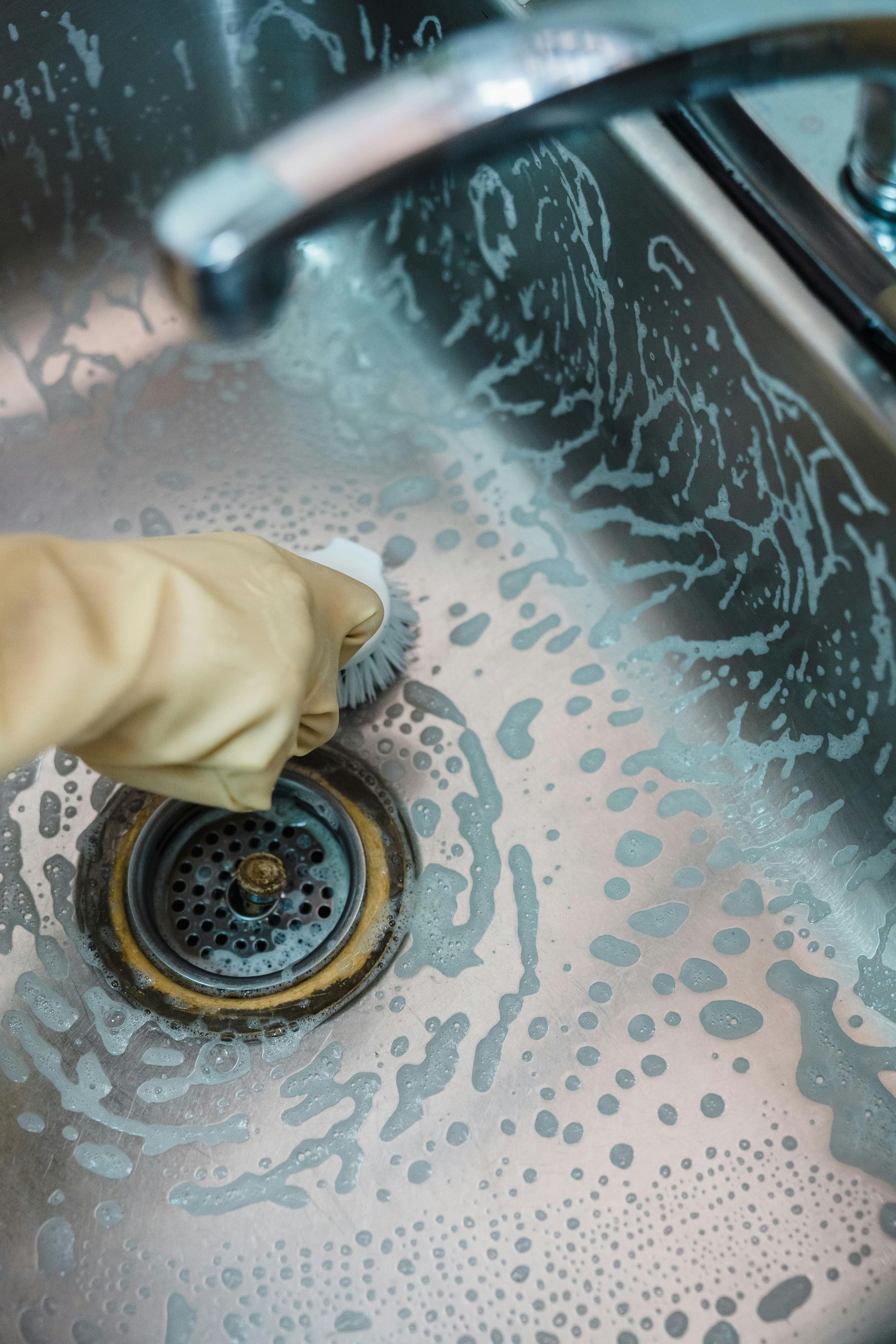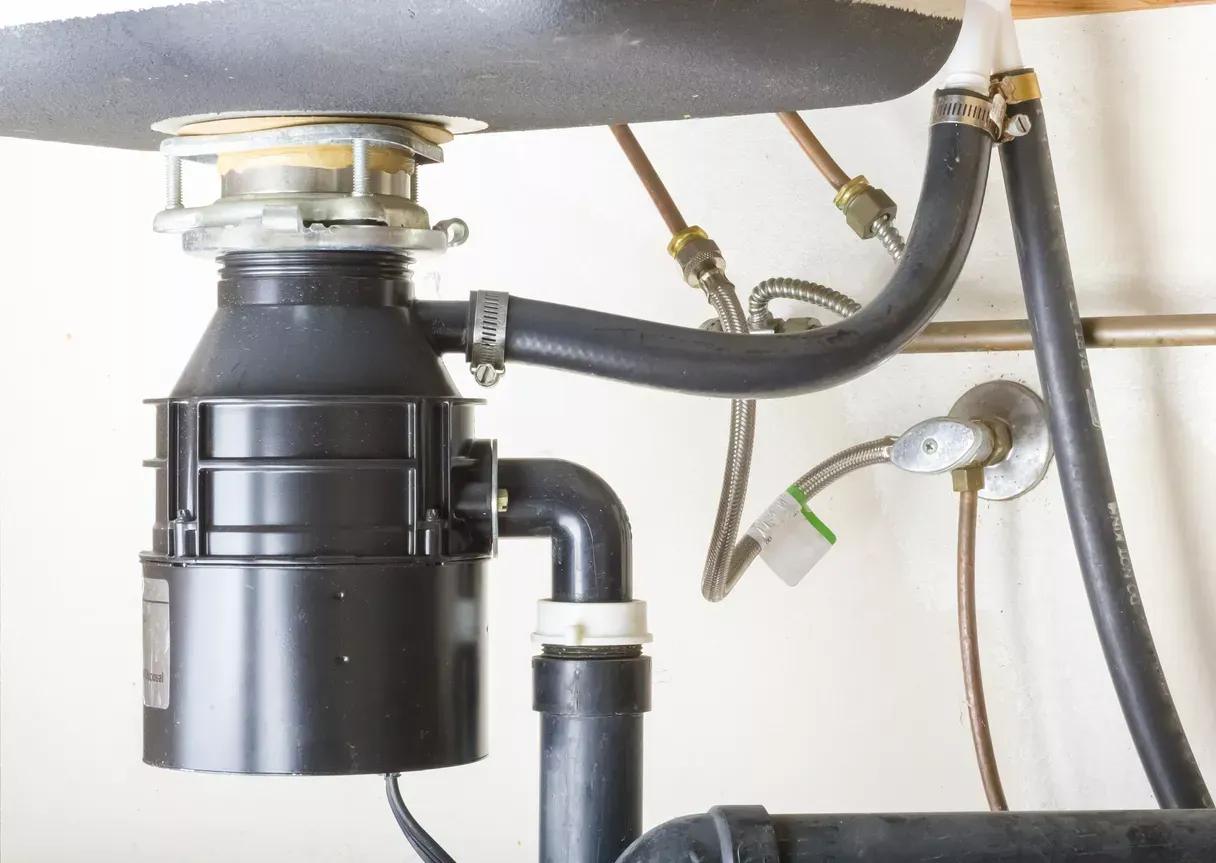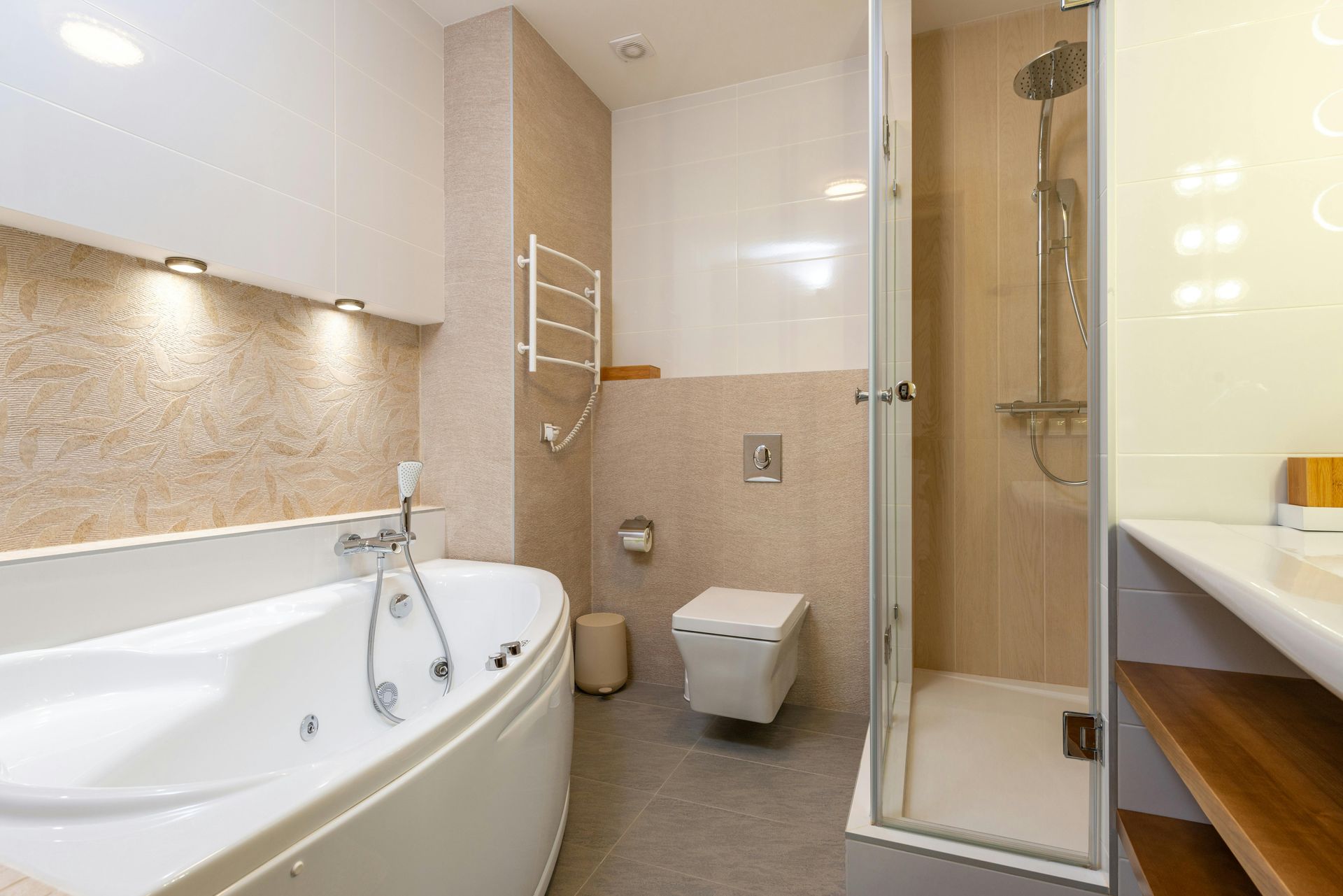10 Things to Do When a Pipe Bursts in Your Home
Imagine waking up in the middle of the night to an odd hissing sound, only to step onto a soaked carpet as cold water seeps through your home. A burst pipe is every homeowner’s nightmare, capable of causing thousands of dollars in damage within minutes. Whether due to freezing temperatures, corrosion, or high water pressure, a ruptured pipe demands immediate action. Knowing what to do in such a crisis can mean the difference between a minor inconvenience and a full-blown disaster. In this guide, we’ll walk you through the essential steps to take when a pipe bursts in your home, helping you mitigate damage, protect your belongings, and restore normalcy as soon as possible.
"Why You Should Consider Trenchless Sewer Line Replacement"
1. Shut Off the Main Water Supply Immediately
The moment you discover a burst pipe, the first and most critical step is to turn off your home’s main water supply. Water can flow at a staggering rate from a broken pipe, quickly flooding your home and causing structural damage. Most homes have a main shut-off valve located near the water meter, in the basement, crawlspace, or near the perimeter of the house. If you live in an apartment, check with your building management for the shut-off location.
If you don’t already know where your main water shut-off valve is, now is the time to find it. In an emergency, every second counts, and scrambling to locate the valve can cost you precious time. Once you’ve turned off the water, open your faucets to drain the remaining water from the pipes and relieve pressure.
2. Turn Off the Electricity in Affected Areas
Water and electricity are a dangerous combination. If the burst pipe has caused flooding near electrical outlets, appliances, or your breaker panel, turn off the power immediately to avoid the risk of electrocution. Locate your circuit breaker and switch off the power supply to the affected areas of your home. If the situation is too risky to do so yourself, call an electrician for professional help before entering the flooded space.
3. Contain the Leak as Much as Possible
While waiting for a plumber, do your best to contain the damage. Use towels, buckets, and mops to soak up water and prevent it from spreading to unaffected areas. If the burst pipe is visible, place a heavy-duty tarp or a thick towel around it to slow the leak. In cases where the rupture is small, you can apply duct tape or a pipe repair clamp as a temporary fix.
For an extra layer of protection, consider using a wet/dry vacuum to remove excess water before it soaks into carpets and furniture. If you’re dealing with significant flooding, a sump pump may be necessary to pump water out of your home.
4. Call a Professional Plumber
Even if you’ve temporarily stopped the leak, calling a professional plumber is essential. Burst pipes require expert repair, and a plumber can assess the extent of the damage, replace the broken section, and check for any underlying issues.
Delaying professional repairs could lead to mold growth, weakened structural integrity, and further pipe damage. Many plumbing services offer emergency assistance, so don’t hesitate to reach out—even in the middle of the night.
5. Move Valuables and Furniture Away from the Affected Area
Water damage can destroy electronics, furniture, and personal belongings within minutes. If possible, relocate valuable items like computers, important documents, and expensive furniture to a dry area. Wooden furniture and upholstery are particularly vulnerable to water absorption, which can lead to warping and mold growth.
If you can’t move large furniture, elevate it using wooden blocks or aluminum foil to prevent water from seeping in. This simple step can save you from costly replacements and repairs.
6. Dry the Area Thoroughly
Once the immediate threat has been contained, focus on drying the affected area to prevent mold and mildew from taking hold. Open windows to promote airflow, use fans to speed up drying, and consider renting a dehumidifier to remove excess moisture from the air.
Carpets and rugs should be removed and dried separately. If the flooding was extensive, professional water damage restoration services might be necessary to prevent long-term structural issues.
7. Inspect for Additional Leaks or Damage
One burst pipe could be a sign of larger plumbing issues. Take the time to inspect your home for other potential leaks or weak spots in the pipes. Common signs of plumbing problems include water stains on walls, sagging ceilings, and damp flooring.
If you live in an older home or have experienced previous plumbing issues, it may be wise to schedule a full plumbing inspection to prevent future pipe bursts.
8. Document the Damage for Insurance Claims
If the burst pipe has caused significant damage, take photos and videos of the affected areas before beginning cleanup. Detailed documentation can help you file an insurance claim and receive compensation for repairs.
Contact your homeowner’s insurance provider as soon as possible to report the incident and discuss coverage options. Some policies cover water damage from burst pipes, while others may require specific endorsements.
9. Take Preventive Measures to Avoid Future Bursts
Once the crisis has been resolved, take proactive steps to prevent future pipe bursts. Insulate exposed pipes, especially in cold areas like basements, crawlspaces, and attics, to prevent freezing. Maintain a steady indoor temperature, even when away from home, to keep pipes from getting too cold.
Additionally, monitor your water pressure. High pressure can stress your plumbing system and lead to leaks or bursts. A water pressure gauge can help you keep track of safe levels, and a pressure regulator can be installed if needed.
10. Know When to Replace Old Pipes
Sometimes, old or corroded pipes are the root cause of a burst. If your home has aging plumbing, it may be time for an upgrade. Galvanized steel and polybutylene pipes, common in older homes, are more prone to failure than modern copper or PEX piping.
Consult a plumber about replacing worn-out pipes before they become a problem. While re-piping can be an investment, it can save you from costly water damage in the long run.
Conclusion: Stay Prepared and Stay Calm
A burst pipe is a stressful and overwhelming experience, but quick action can make all the difference. By shutting off the water supply, calling a professional plumber, and taking steps to minimize damage, you can prevent a minor incident from becoming a catastrophic loss.
Preparation is key—know where your main water shut-off valve is, insulate your pipes, and be proactive about maintenance. The more informed and prepared you are, the better equipped you’ll be to handle plumbing emergencies with confidence. And remember, when in doubt, don’t hesitate to call in the experts. Your home—and your peace of mind—depend on it.
